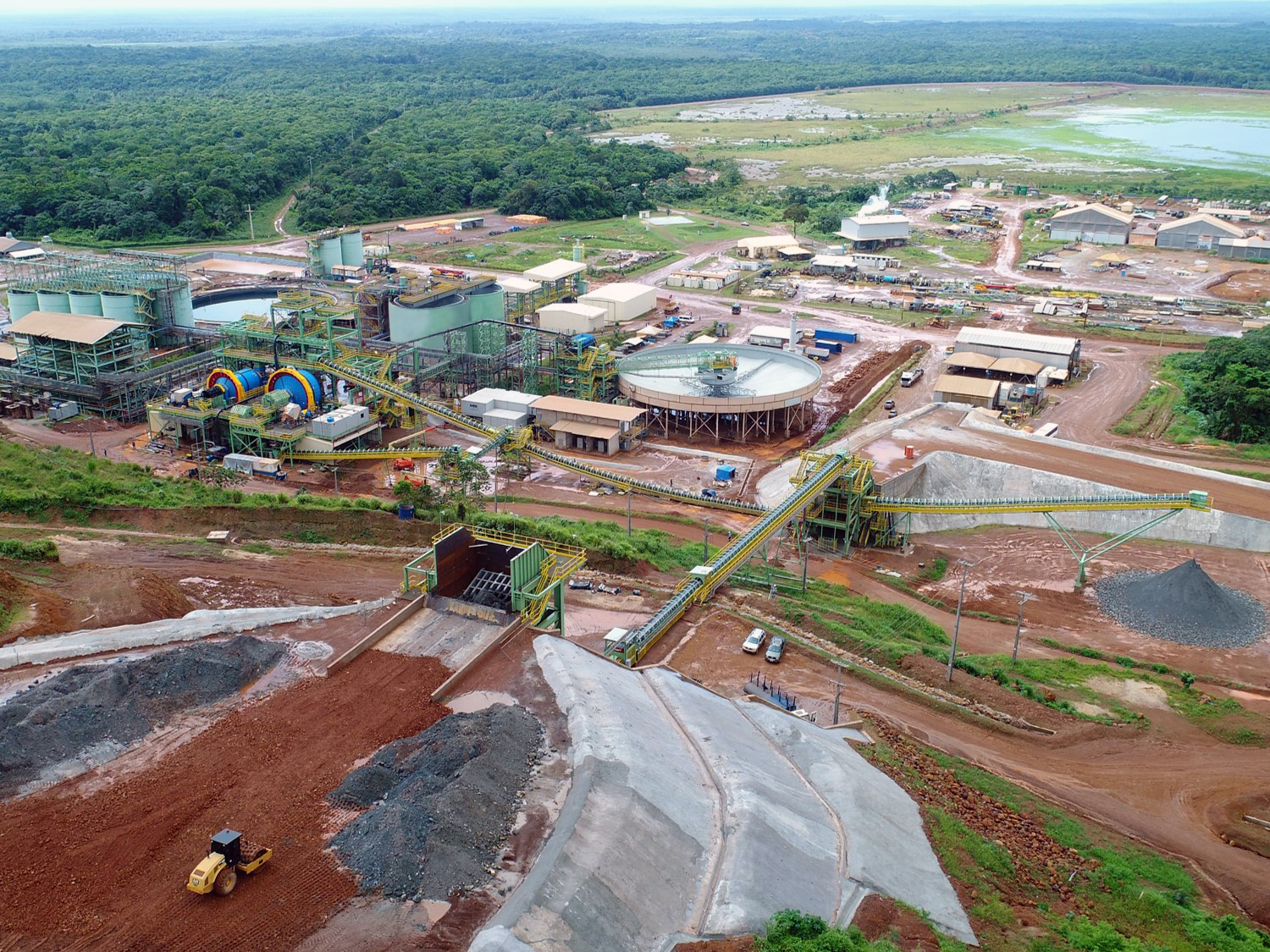The state of insurance in the mining industry
The South African mining industry is facing a unique set of challenges in the form of the cost and unreliability of electricity supply, disruption and destruction of equipment, an unstable regulatory and legal framework in addition to the possibility of a Coronavirus black swan event that could devastate the mining sector.
Coupled to this, the mining insurance sector has been particularly hard hit by claims related to natural catastrophes, strikes and riots, equipment failure and fires over the past three years.
This is according to Paul Pryor, Aon’s Global Mining Practice Leader.
“Mining insurance rates steadily decreased from 2011 to 2016, however with a returned loss ratio of >100% for the mining insurance market in 2017 and 2018, rates levelled out in late 2017, increased by single digits in 2018 and with double digits in 2019.
“As a result, underwriters have become more selective in the risks that they will consider and markets are reluctant to write any new business unless ‘adequately priced’, leading to substantially higher rates than seen in previous years,” explains Pryor.
These developments have a very clear domino effect on the market:
- Underwriters actively seek to de-risk their portfolios, improve ratings and cap premium incomes, which is making capacity for heavier classes of business such as mining harder to obtain.
- Excess of loss capacity is becoming scarcer, leading to more substantial percentage rate increases.
- Some large capacity providers are starting to walk away from placements due to premium inadequacy while others are reducing capacity.
- Capacity could continue to retract if rating adequacy and results do not improve in 2020.
- More and more insurers are exiting from thermal coal mining and power generation.
- Cover enhancements are being charged for, that were previously given as part of negotiations.
- Insurers are requiring more underwriting information.
Managing mining sector insurance rates
In Aon’s recent global risk management survey, business interruption (BI), accelerated rates of change in market conditions and fluctuating commodity prices were listed as the top three risks facing the mining sector.
All three require robust risk management processes to facilitate risk-averse mining growth and development in addition to underscoring favourable insurance rates,” Pryor says.
Factors that may influence insurance rates, include:
- The quality of renewal information – in particular responses to risk engineering survey risk recommendations and list of critical spares.
- The extent of policy coverage including policy limit and sub-limits; and basis of Business Interruption.
- Claims experience.
- Declared values and territory spread.
- Maximum Foreseeable Loss calculations (MFLs) per site.
- Whether operations are on the surface or underground.
- Commodity type.
- What the deductible and Self-Insured Retention (SIR) levels are.
- Exposure to natural catastrophe perils.
- Shareholding e.g. having a Chinese shareholder would make them attractive to Chinese markets which tend to be more competitive than international markets – similar with Japanese shareholding.
- Long term relationships with key program leaders.
“It is of paramount importance to do your homework, thoroughly, in order to provide the underwriter with documentation that paints an accurate picture of the state of your operations as well as measures undertaken to address risk. These would include recent engineering surveys, responses to risk recommendations, detailed descriptions of mining operations, engineering information on tailings dams, water management as well as an accurate overview of cover that is required, including property damage and business interruption values,” says Pryor.
“Compiling a comprehensive risk management programme that is able to positively demonstrate to an insurance underwriter how you are addressing the instance of a loss occurring and/or minimising the resultant loss, will go a long way to secure a favourable risk analysis and rating,” he explains.
Aon outlines strategies for securing a successful mining insurance programme:
- Leverage any strategic market relationships that you may have.
- Demonstrate geographical diversity – specifically relocating insurance capacity from volatile regions.
- Differentiate your risk profile by telling your story.
- Promote active loss control across your entire portfolio of assets.
- Strategic remarketing and introduction of new global capacity.
- Consider the timing of your insurance renewal within broader marketplace headwinds.
- Outline your cost compression strategies:
- Interrogate your operation’s business interruption from a commodity price, exchange rate and your basis of cover e.g. standing charges only, point of view.
- Review and adjust your catastrophe loss limits based on updated Maximum Foreseeable Loss (MFL) numbers.
- Ensure your insurable values are specified as either being replacement cost or actual cost values.
- Review your deductibles and the adequacy of limits and or sub-limits that are set.
- Outline your admitted coverage and make use of tax efficiencies where applicable.
Share this content:















Post Comment